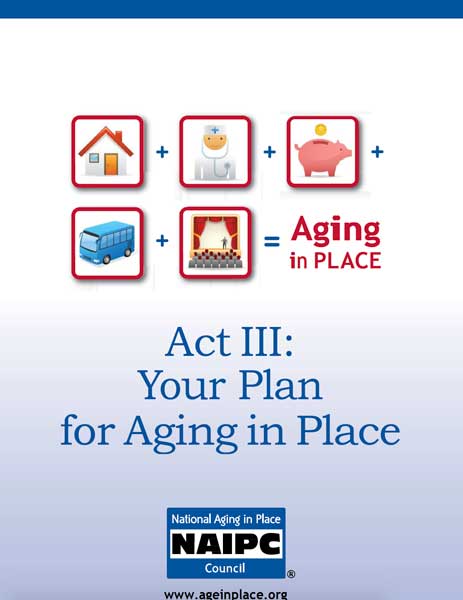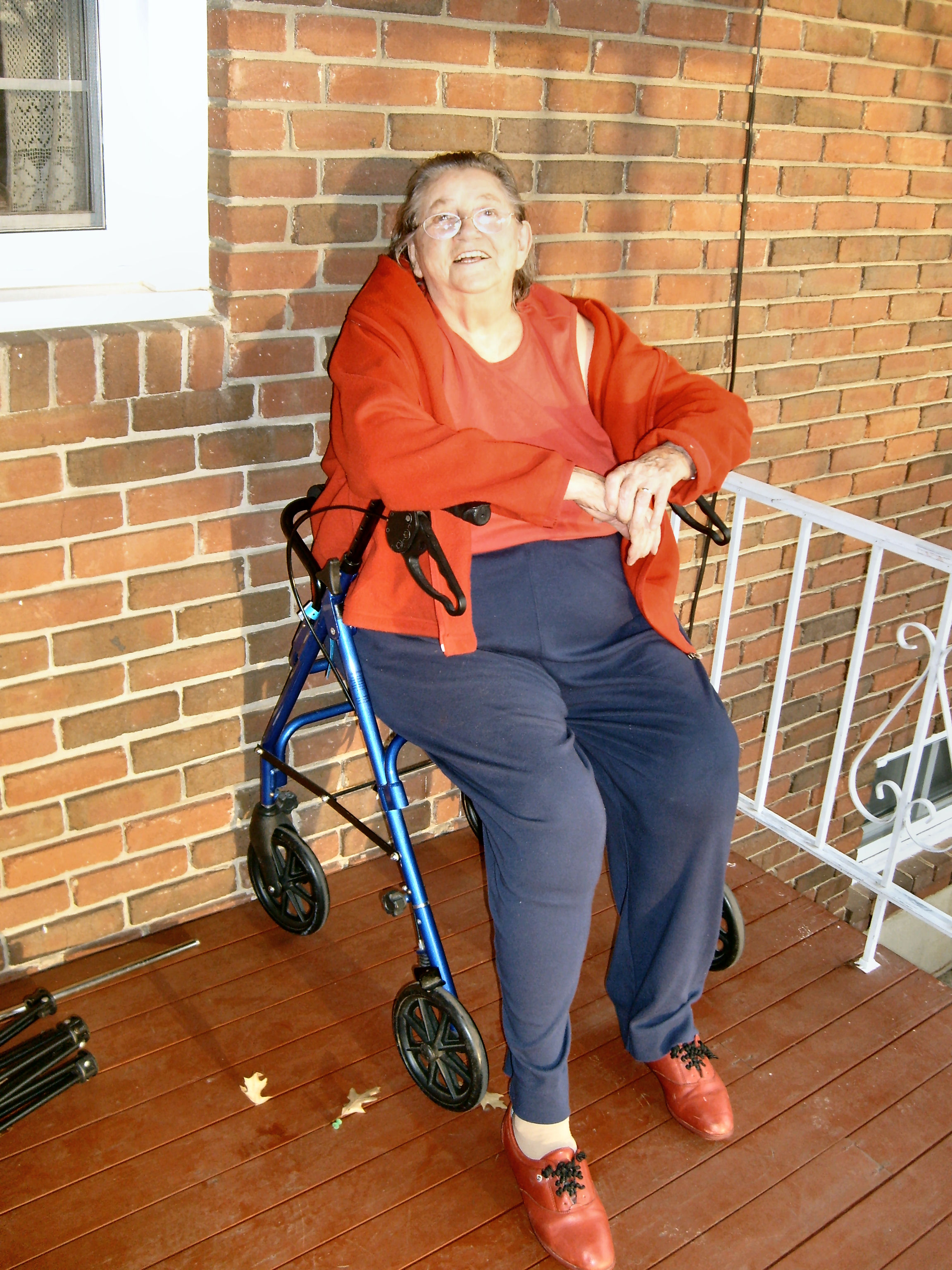When I talk to people about making changes to their homes to make them easier to get around, I often run into resistance. People often tell me that they are doing just fine, and they don’t need or want any changes. I get this response even when their loved ones are telling me just the opposite. I have always attributed this to people being in denial. They just don’t want to admit that they are getting older and can’t get around as well as they used to. “Maybe if I ignore it’, they seem to be saying, “it will just go away.” While none of us likes the idea of declining functionality, I just read an article that suggests that there might be more to the story.
The article suggests that the things we surround ourselves with help us to define who we are. The familiar surroundings of our home help us to feel at home. Perhaps we resist making any changes to our home because keeping things just the way they are makes us feel like everything is okay. The problem with this thinking is that as our needs change, we are less able to function comfortably in our homes. The reality is that in order to keep things the same, (staying in the home that we love and are comfortable in), we need to allow change (modifying our home to make it more accessible so that we can stay at home). It brings to mind the old saying, “The more things change, the more they stay the same.”
Perhaps I should call the adaptations I do to create safer, more accessible homes, home preservations instead of home modifications. I have always looked at making your home safer and more accessible as a way to enhance your independence. Now perhaps I will also look at them as a way to strengthen the ties that bind, that connect you to the home that is close to your heart. This becomes more important to people with the passage of time, particularly if you have lost loved ones that you have shared your home with. Our homes, our families, and our faith are more important than ever in the day and time we live in. In order for your home to be the place of refuge and comfort you need it to be it needs to be accessible. As you age and your needs change, what accessibility features you will need will change as well. In other words, in order to stay the same, some things need to change. Think about how much you or a loved one appreciates the home you live in. Then think about what features of that home enable you to remain safely ensconced in that home for many years to come.
For my part, I will look for ways to make homes more accessible while retaining the flavor and the memories that make the home special. An example might be turning the treasured rug that has become a tripping hazard into a wallcovering instead of a floorcovering. As always, I will look for ways to create homes that are safe, accessible and beautiful for people of all ages and abilities. By the way, the article I read was written by Patrick Roden RN, PhD. It is entitled Age in Place: Change vs Stasis and can be found at aginginplace.com. Thank you for reading Housing Matters and if you or a loved one needs help making your home safer, more comfortable, and more accessible, please give me a call at 540-384-2064. I would be more than happy to help.
in Aging in Place
published 08/15/20


